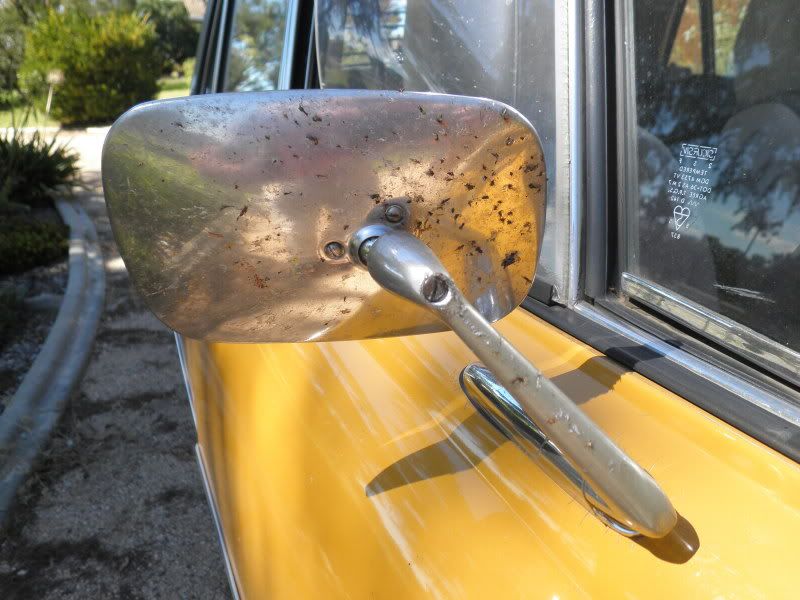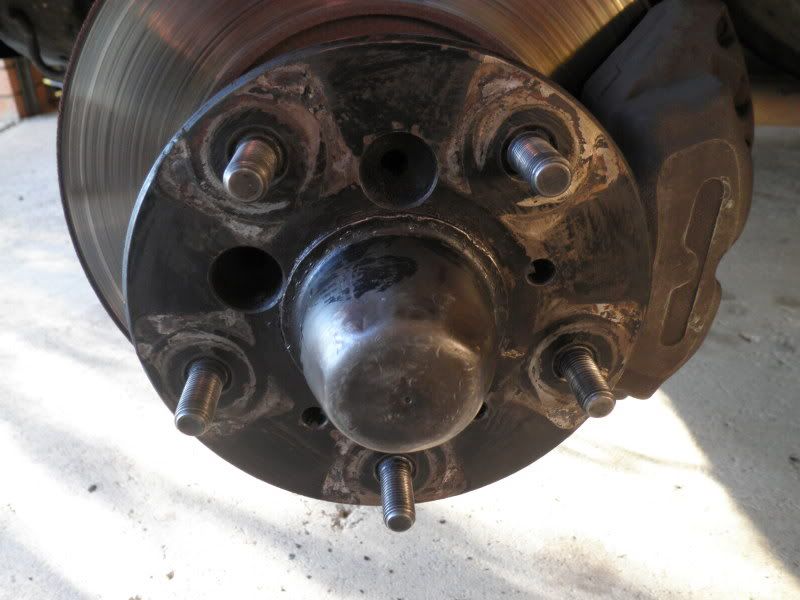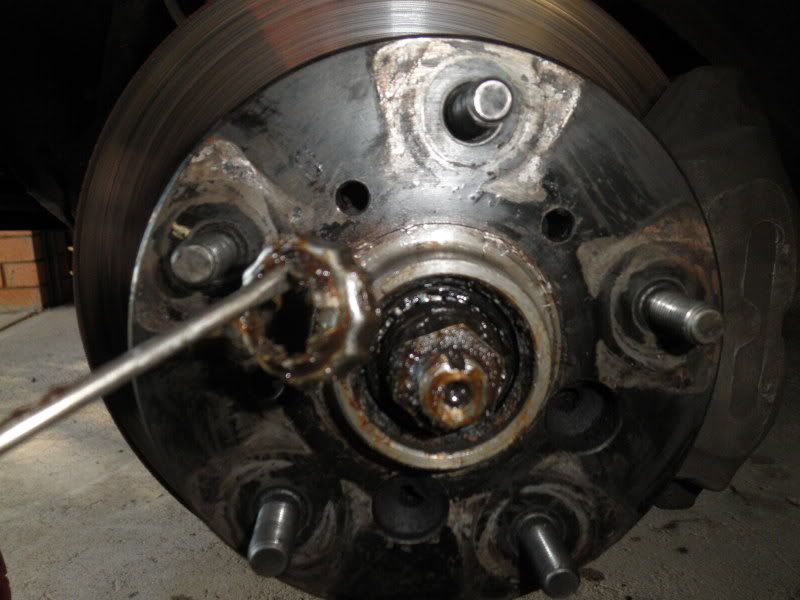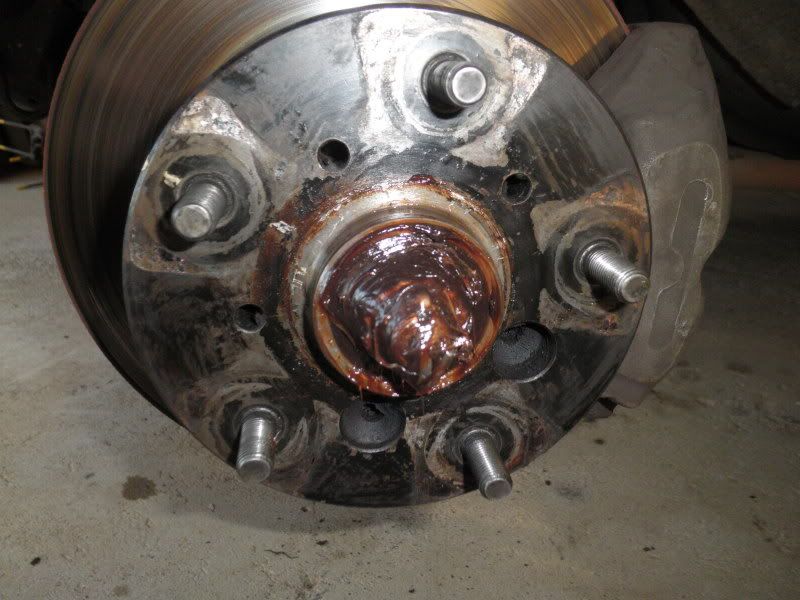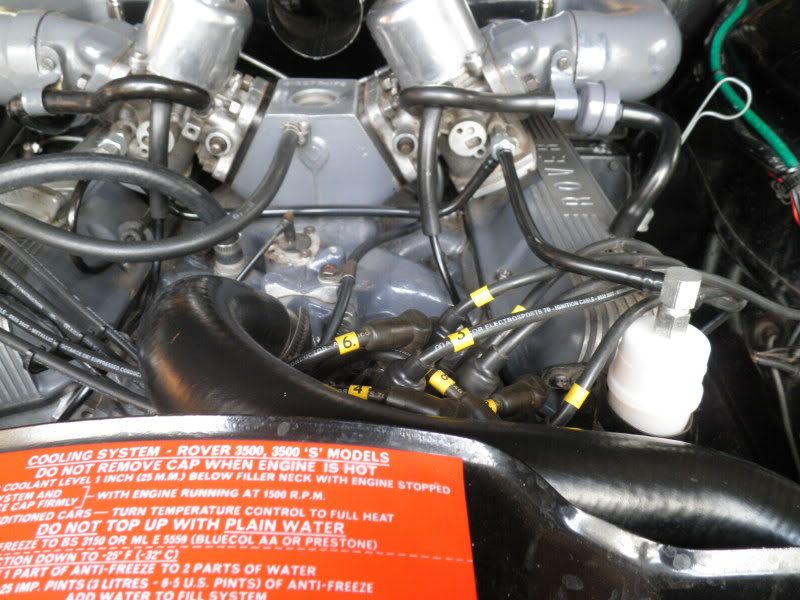Hello Warren,
The engine has been built and configured as a Range Rover engine, so torque takes precedence over outright power, but having said that the engine delivers in the order of 155kW (210hp) with 142hp finding its way to the rear wheels.
Rover or rather Land Rover (all Rover V8 engines since 1972 were built by Land Rover, including those engines fitted into Rover cars) kept the major external points unchanged, so even though the cylinder block for my 4.6 litre engine was cast sometime after the year 2000, it still contained the necessary points within the cast to affix the power steering mounting bracket within my P6B engine bay. Rover (Land Rover) had purposely made all blocks backwards compatible, so a block cast in 2004, the final year of factory V8 block production, will happily sit in the engine bay of a Rover P5B made in 1967!
My engine runs an SD1 timing cover with a P6B water pump, both for meeting the necessary clearance issue but more importantly keeping all the pulleys in the same plane. The timing cover was suitably modified as I wished to retain the AC mechanical fuel pump. The engine is fitted with my original P6B sump in order fit around the front crossmember and the P6B oil pick up is also retained. The front portion of the sump is relieved in order to allow for the increased swing of the 4.6 crankshaft.
The camshaft is a custom made high torque highway configuration designed by Wayne Jones of Wayne Jones Racing Engines. As the factory 4.6 litre engines run with a crankshaft driven oil pump and no distributor, there is of course no nose on the camshaft for fitment of the gear to drive the distributor and in turn the oil pump, so my camshaft utilises a 3.5/3.9/4.2 billet onto which the 4.6 profile is ground. In this way there is provision for driving the distributor/oil pump and running the eccentric for driving the mechanical fuel pump.
A J & P Performance double row true roller timing set with multi key way positioning is used both for increased longevity, stable timing and for running the camshaft 2 degrees advanced.
The OEM Rover 180 degree dual plane low rise inlet manifold fits perfectly onto the 4.6 block decked out with a pair of 10 bolt Rover heads as the critical points in terms of fitment never changed. Porting the runners to match the inlets on the heads was an option that would yield a benefit only above 4000rpm, so I chose not to. I rebuilt the SU carburettors prior to the engine change including replacing the original butterflies as these came with poppet valves. The floats were replaced and the levels increased to 60 thou so as to ensure maximum fuel capacity. This will also see a richer mixture as the level is higher within the jets all things being equal.
During the major tune at 2500 miles, the BBW needles which I had fitted the day before along with the K & N filters and large inlet air box, required polishing as although close they still proved to be too lean. Testing was carried out on a rolling road until the correct outcome was achieved. A Rover V8 produces maximum power for acceleration when the fuel/air ratio across the board is 12.5 : 1, and this is what was being sought and ultimately plus or minus 0.1 what was achieved.
Ron


